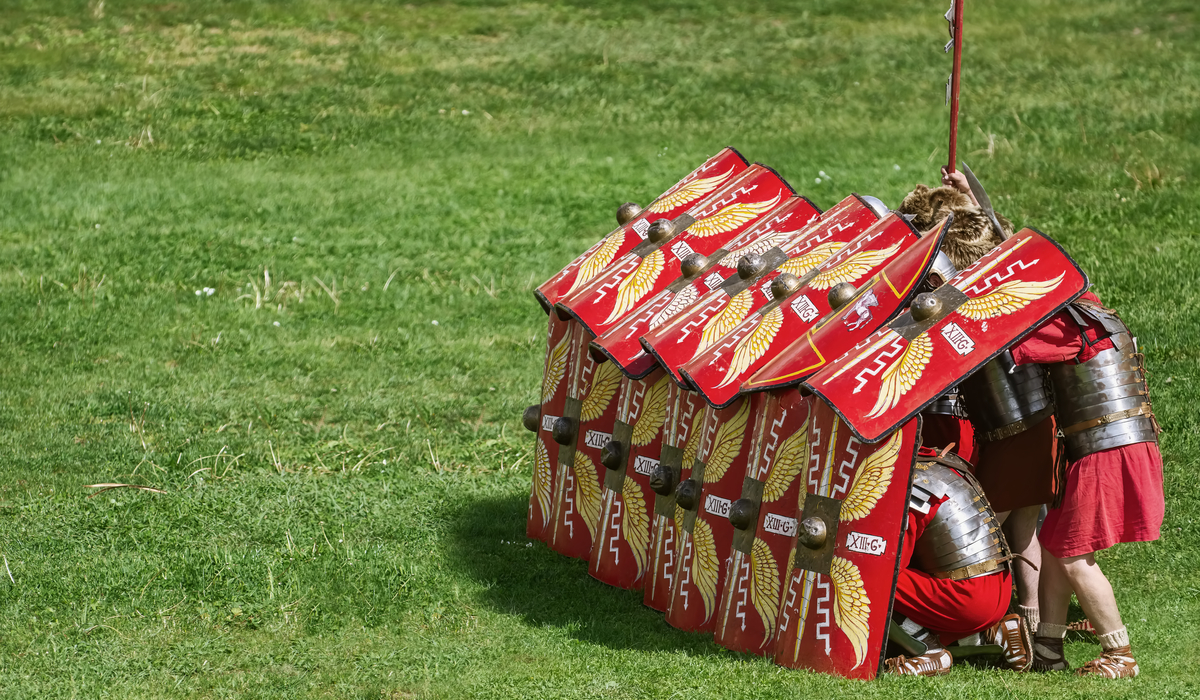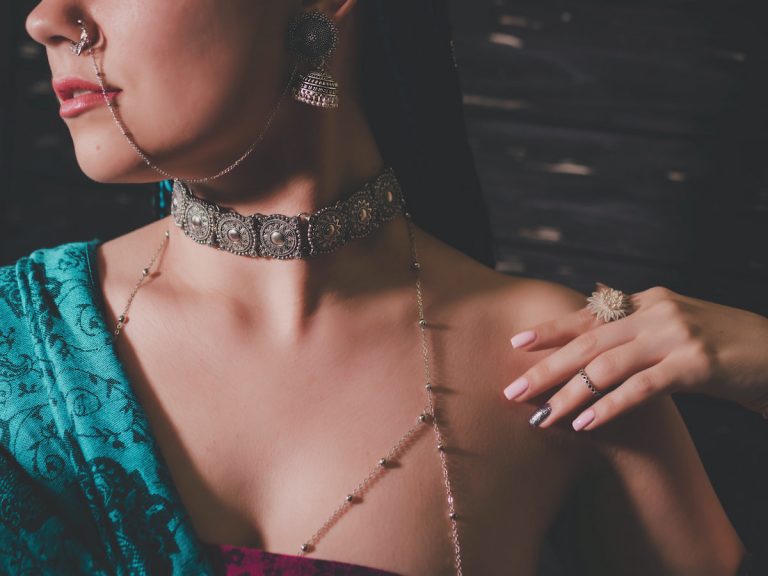11 Roman Shield Facts You Should Know
Rome was a society that dominated the ages of antiquity through military conquest and became known as one of the greatest military empires the world had ever seen.
It started from humble beginnings, getting pillaged and sacked by its gallic neighbors which left a lasting impression on the civilization.
They began to build upon their military, they put heavier stress on formations, martial technology, and the ability to dig into areas with quickly made fortifications.
Eventually, they expanded their borders and quickly became the biggest bully in the known world. This historically significant offense was counterbalanced by a very thoughtful, efficient defense.
Today we are going to cover the shields that led this now fallen empire to such great heights a few dozen centuries ago.
11 Interesting Facts About The Roman Shield
The Roman Scutum Was Composed of Wood and Leather
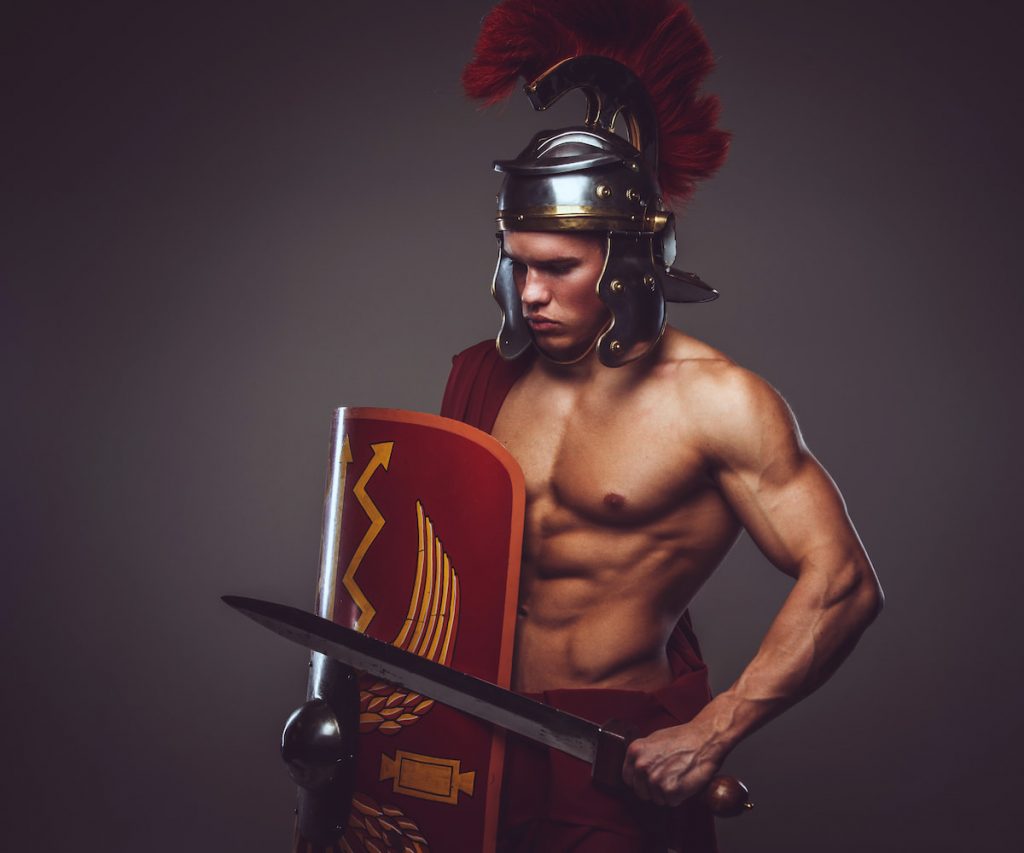
Contrary to popular belief, the roman shield of “scutum” was made from long planks that were bound together in a semi-circular cocoon around the soldier.
Many may assume that these large convex squares were crafted from the finest iron and steel denarii can buy.
Simply put, they would have been too heavy to lug around on campaigns that sometimes stretched across the bulk of Europe, without even mentioning battle fatigue.
Non-Roman Citizens Had a Different Type of Shield
The famous squared-off scutum of Roman Legionaries has become an iconic piece of roman armor, though not all soldiers used the larger shield.
The auxiliary units in the army were comprised of several tribes and civilizations that had been overtaken by Rome and if they choose to fit for their new rulers they were given a far different armor set.
Their shields or parma had an oval design and offered less coverage in favor of better mobility.
Legionaries Would Use Their Shields To Make A Tortoise Formation
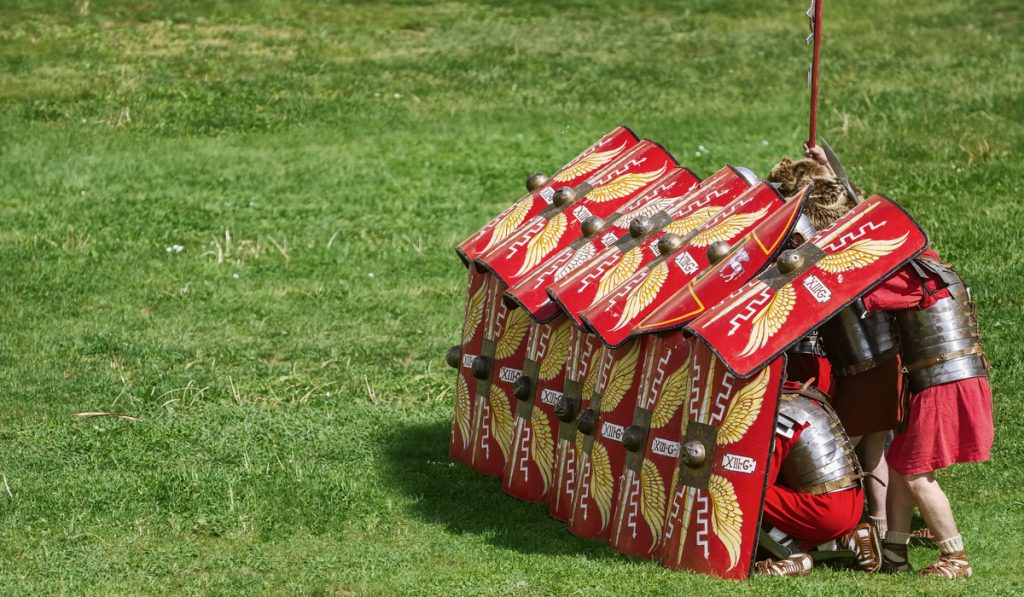
The design of the scutum was effective at protecting multiple soldiers due to the formation the army would drill constantly.
This formation had the front line with their shields covering directly ahead of them while the soldiers behind them would place their shields above their heads to create a shell that could ward off projectiles.
This style of protection was especially effective when taking on enemy cities that had the advantage of city walls or archers.
Soldiers Had To Supply Their Own Gear Early On
Before Rome became the booming empire that spanned most of the mapped-out world, they had a pretty uninspired army compared to what they became.
Soldiers were required to outfit themselves which could mean using armor that was passed down through their family or at worst having to rely on scraps of leather and cloth to protect themselves.
It should go without saying but being poverty-stricken in Rome was a death sentence in more ways than one.
The Scutum Was Effective At Intimidating and Exhausting The Enemy
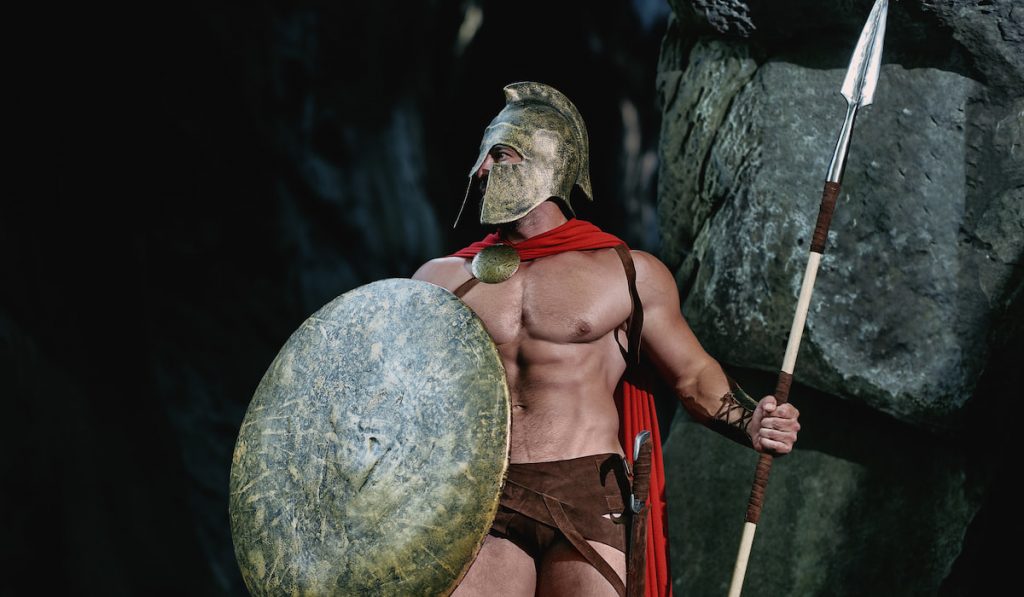
For a lot of the wars that the Romans fought they had an incredibly technological advantage over their enemy, specifically towards the germanic and gallic tribes.
This was very effective at frustrating and terrifying an enemy who would get pierced by spears while they tried in vain to break away at the roman shield.
This also allowed the Roman army to stay fresher as they had to expend less energy than their adversary would.
The Designs On The Shield Were Diverse and Varied
If you pop the word scutum into your search bar right now you will likely see an ocean of red shields with a golden insignia of wings.
While this is now the default design that we see used in movies it doesn’t describe the full picture of how creative these shields could get.
Not only did these shields have different symbols of strength, victory, and their religious pantheon but also had a number of stories and myths painted out across the surface of the shield’s front side.
The Shields Also Had Images To Indicate Who Commanded The Legion
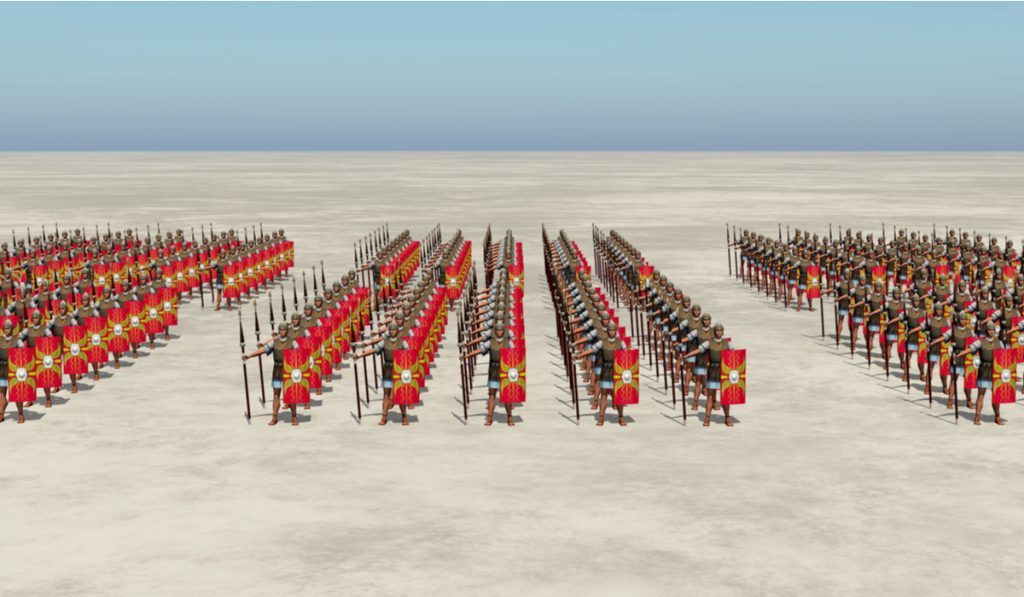
To further confuse every foreign invader not up to date on roman eccentricity, the shields would also usually contain an image that would let other roman legions know the legate that was in charge.
This also had the added benefit of creating better order within the ranks, as the shield also depicted which centuria (unit of one hundred men) or legion you belonged to.
In the midst of a drawn-out battle the ability to quickly identify which group you were with helped men to regroup and provided better communication than other armies could muster.
Archaeologists Have Only Discovered One Scutum
Despite the insane amount of knowledge we have available to us about how the Romans went to war, we have collected only one shield in archaeological history.
The shield was discovered in Syria and is an isolated insight into the craftsmanship that the Romans possessed for such a primitive time period.
The auxiliary unit shields or “parma” has never been found and we only know the design from historical records and Roman statues.
As more effort is put into the research of former civilizations we are discovering several inaccuracies we can safely discredit. Despite this, we really do owe a debt of gratitude to the ancient historians and artisans that helped us piece together the historical jigsaw of extinct civilizations.
The Scutum Had A Metal Center For Pushing Back The Enemy
Despite the majority of the shield being comprised of wood and leather, the middle of the exterior wall of the shield had a metal dome that extended a few inches past the rest of the shield.
This was used as a hard blunt object to not only disorient the enemy as they advanced but also to push them backward, dictating the direction of the battle.
On the opposite side was a leather grip for the roman soldier to handle the shield without the concern of having their hand severed.
This metal “boss” served two effective purposes, protecting the exposed limb of the soldier and giving more push to the roman advance.
Roman Soldiers Had Celebratory Shields Used For Victory Marches
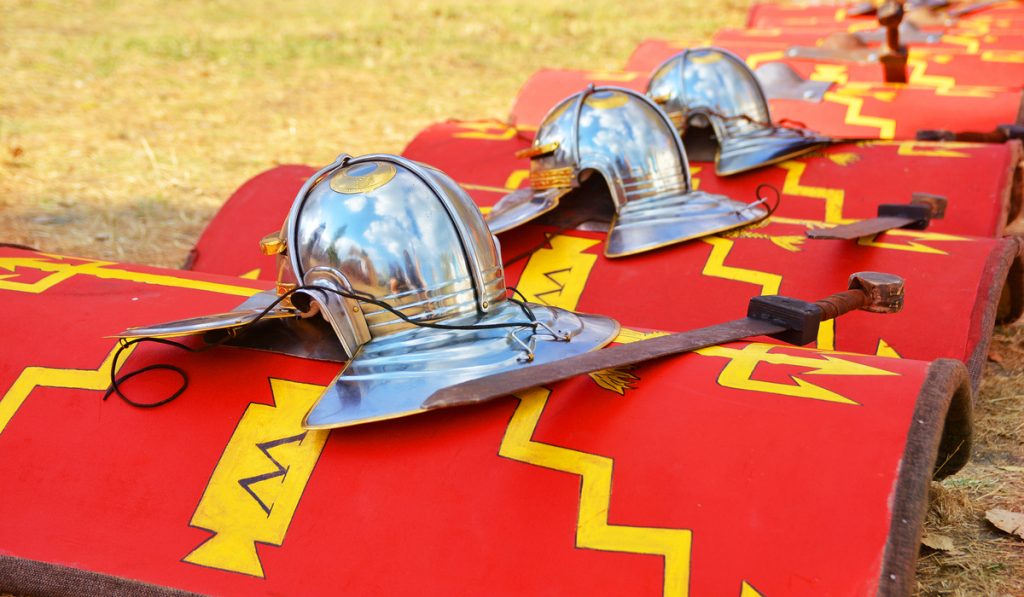
On top of their regular scutum used for warfare, soldiers were often given beautiful, elegantly crafted shields that were used as formal attire for events rather than any defensive purpose.
It also wasn’t uncommon for commanders or soldiers of note to be rewarded with ceremonial armors, swords, or shields. This not only showered them with renown in their community but also distinguished them as men of exceptional service.
The First Shield Use By Rome Was The Clipeus
Not unlike several other parts of Roman culture, they utilized the design of the greek clipeus shield. The clipeus would not only be gripped by your hand but would also be fastened around your forearm to prevent it from being knocked off in combat.
This shield was the default shield for the early Roman military into the later parts of the republic when it was eventually replaced by the scutum.
The middle had a similar metal dome or even a spike to bash into the enemy that the scutum was outfitted with. It was more rounded in shape and had a circular design and was constructed from a mixture of iron, wood, and leather.
Final Thoughts
As time progresses and more ambitious archaeological prodigies discover fascinating artifacts of antiquity we may learn quite a bit more about the interesting civilizations of previous millennials.
Fascinatingly enough, we have so much information regarding ancient Rome that you could spend a lifetime researching it and still have holes in your knowledge. So regardless of if you are obsessed with Rome or simply want to form a primitive militia in your backyard, you will have plenty of information to sift through!

